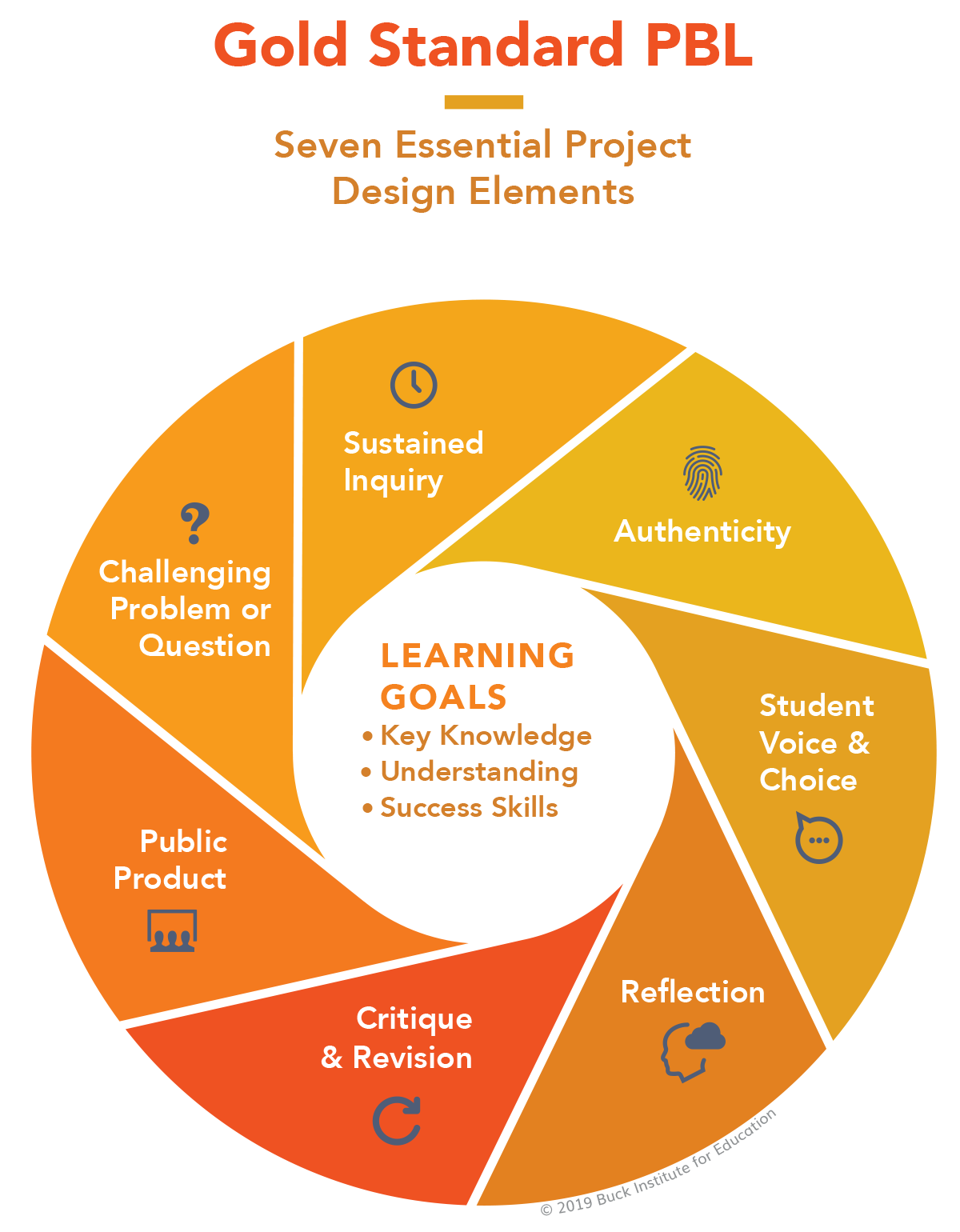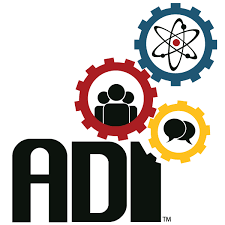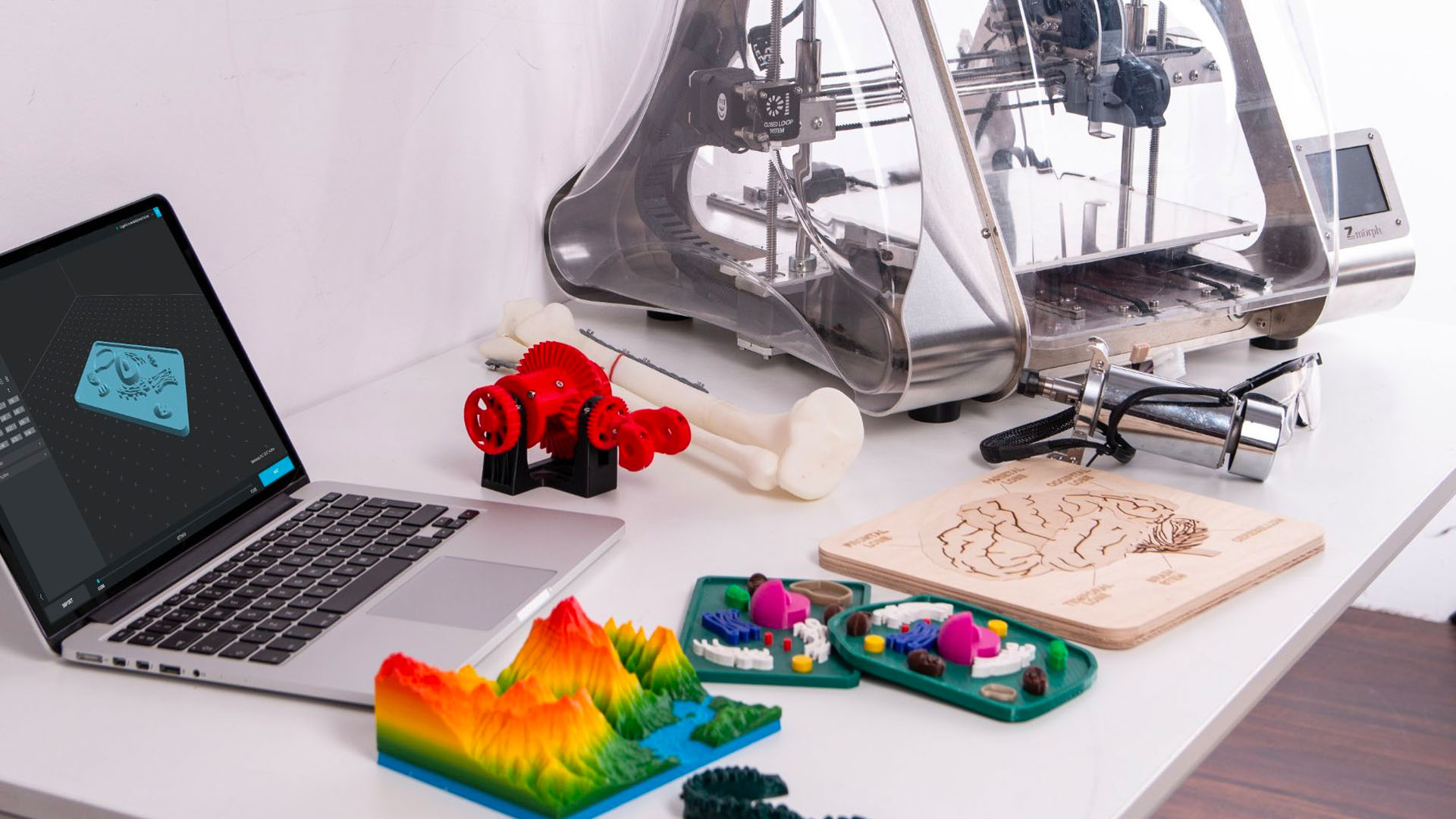STEM education elicits different images depending on the background of the individuals surveyed. The majority of educators can identify that STEM stands for Science, Technology, Engineering, and Mathematics. Unfortunately, many educators do not see themselves as STEM educators if their teaching assignment does not fall within one of these categories.
While STEM is based in these subjects, the critical skills associated with STEM should be incorporated into all disciplines. A comprehensive STEM education provides students with a strong foundation in logical thinking, critical thinking, argumentation, problem-solving, inquiry, collaboration, creativity, and communication skills.
A basic understanding of science, technology, engineering, and mathematics is crucial to making informed, healthy lifestyle choices, and in understanding and supporting initiatives that positively impact our local, national and global ecosystems. A quality STEM education will certainly aid in preparing our next generation of scientists, however, it is just as important to develop basic knowledge and skills (scientific literacy) needed to be informed and engaged citizens.
John Hattie led a comprehensive meta-analysis of over 80,000 educational studies. Through this endeavor, strategies were identified that have the greatest potential positive impact on student achievement. It is a guide for administrators and teachers as they make student programming decisions by focusing on both the impact and magnitude of the impact on student achievement. Through this analysis, three levels of learning were identified:
- Surface Learning: Students begin to develop the basic concepts, skills and strategies associated with the primary learning targets.
- Deep Learning: Students understand the relationship between terms, concepts and ideas of the learning targets.
- Transfer Learning: Students are able to apply what they have learned to novel scenarios and contexts.
PBL
PBLWorks and Argument-Driven Inquiry are two programs that effectively incorporate the three levels of learning identified in Hattie’s research.
PBLWorks defines Project Based Learning (PBL) as a teaching method in which students learn by actively engaging in real-world and personally meaningful projects. The Buck Institute for Education has created a research-informed model for measuring, calibrating and improving PBL instruction.
- A Challenging Problem or Question: The project is framed by a meaningful problem to be solved or a question to answer at the appropriate level of challenge.
- Sustained Inquiry: Students engage in a rigorous, extended process of posing questions, finding resources, and applying information.
- Authenticity: The project involves real-world context, tasks and tools, quality standards, or impact, or the project speaks to personal concerns, interests, and issues in the students’ lives.
- Student Voice & Choice: Students make some decisions about the project, including how they work and what they create.
- Reflection: Students and teachers reflect on the learning, the effectiveness of their inquiry and project activities, the quality of student work, and obstacles that arise and strategies for overcoming them.
- Critique & Revision: Students give, receive, and apply feedback to improve their process and products.

Watch Gold Standard PBL in Action:
Take a look at some examples of Gold Standard PBL projects in action – across many grade levels, subject areas, and settings.
Each shows four phases of the project:
- The launch (entry event and driving question)
- Building knowledge and skills
- Developing products and answers to the driving question
- Presenting products and answers to the driving questions
PBL Resources
- PLB Resource List: collection of videos, planning tools, rubrics, blogs, strategy guides, and articles.
- Remote Learning Resources Collection: incorporating PBL into remote learning, including project ideas, technologies, facilitation, equity and resources for families.
Research & Evidence: research publications, research partners, and strategic projects
Argument-Driven Inquiry
Argument-Driven Inquiry (ADI) was developed in a science classroom in Phoenix, AZ in 2005 by Vic Sampson. Vic was looking for ways to help his biology and chemistry students learn science by doing science. Vic searched for a program, unfortunately, he found that the instructional materials available at that time were too prescriptive, misrepresented how scientists do science, and did not give students an opportunity to learn how to figure things out.
The ADI Instructional Model is divided into eight stages.
- Identify the Task & the Guiding Question
The teacher begins an ADI lab investigation by identifying a phenomenon to investigate and a guiding question for the students to answer. The goal of the teacher at this stage of the model is to capture the students’ interest and provide them with a reason to design and carry out an investigation. This stage provides students with an opportunity to use disciplinary core ideas and crosscutting concepts to figure out how things work or why things happen. - Design a Method & Collect Data
The teacher groups the students into small research teams. The teams are then directed to design a method that they can use to collect the data they will need to answer the guiding question. The teams then use their method to collect data after the teacher approves it. This stage gives students an opportunity to learn how to design and carry out an investigation in science. - Develop an Initial Argument
Students analyze the data they collected and then develop an initial argument. The argument consists of a claim, evidence in support of the claim, and a justification of the evidence. This stage helps students learn how to analyze and interpret data, develop and use models, use mathematics or computational thinking, construct explanations, and argue from evidence in science. - Argumentation Session
The students share their initial arguments and critique the arguments of their classmates. At the end of the argumentation session, each team has an opportunity to revise their arguments in order to make them better. This stage helps students learn how to argue from evidence, ask questions, and obtain, evaluate, and communicate information in science. It also helps students develop their communication and presentation skills. - Explicit & Reflective Discussion
The teacher should encourage the students to share what they know about the disciplinary core ideas they used during the investigation and their ideas and plans for designing better investigations in the future. The teacher should also encourage students to think about how they used one or more crosscutting concepts of science during the investigation or concepts related to the nature of scientific knowledge or the development of scientific knowledge. - Write an Investigation Report
Each student writes an investigation report to share the goal of the investigation, the method used during the investigation, and his or her final argument. This stage helps students learn how to analyze and interpret data, develop and use models, use mathematics or computational thinking, construct explanations, argue from evidence in science, and communicate information in science. It also helps students develop their ability to write in science. - Double-Blind Group Peer Review
Each research team reviews several investigation reports in order to ensure quality and to provide their classmates with the feedback they need in order to improve. This stage helps students learn how to evaluate information in science. It also helps students develop their ability to read and critique an argumentative text. - Revise & Submit the Report
Students use the feedback from the peer review to revise their report. The reports are then submitted to the teacher for a final evaluation. This stage of Argument-Driven Inquiry helps students learn how to communicate information in science and how to improve their writing based on feedback they receive from others.

ADI Resources:
- Video Resources: ADI Stages Overview, ADI in Action, Teaching with ADI, and Lab Videos.
- Downloadable Instructional Materials: Peer Review Guides by level, Investigation Proposal guides, Scaffolding Materials, Assessments, and Distance Learning resources.
- Webinars: Training on implementing ADI, including making the switch to remote instruction.
Resources
Please login or register to claim PGPs.
Alternatively, you may use the PGP Request Form if you prefer to not register an account.



